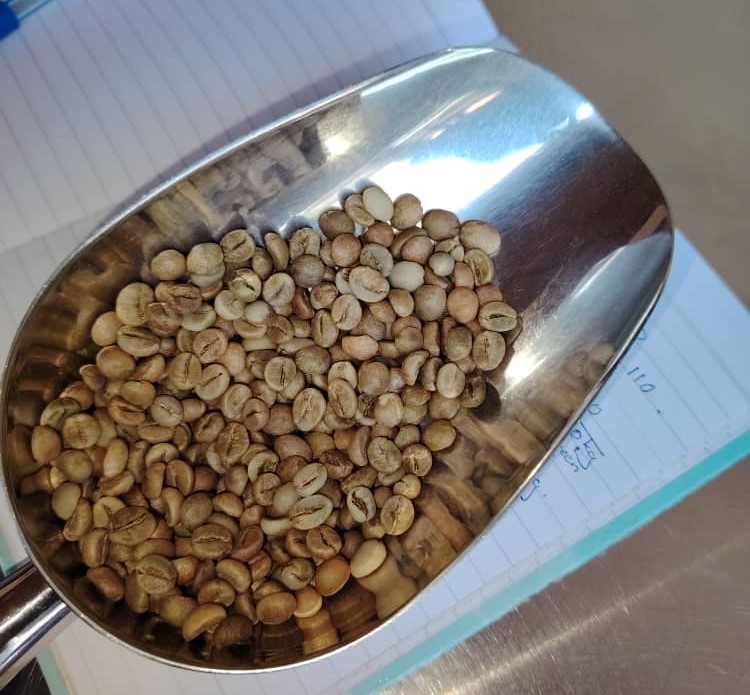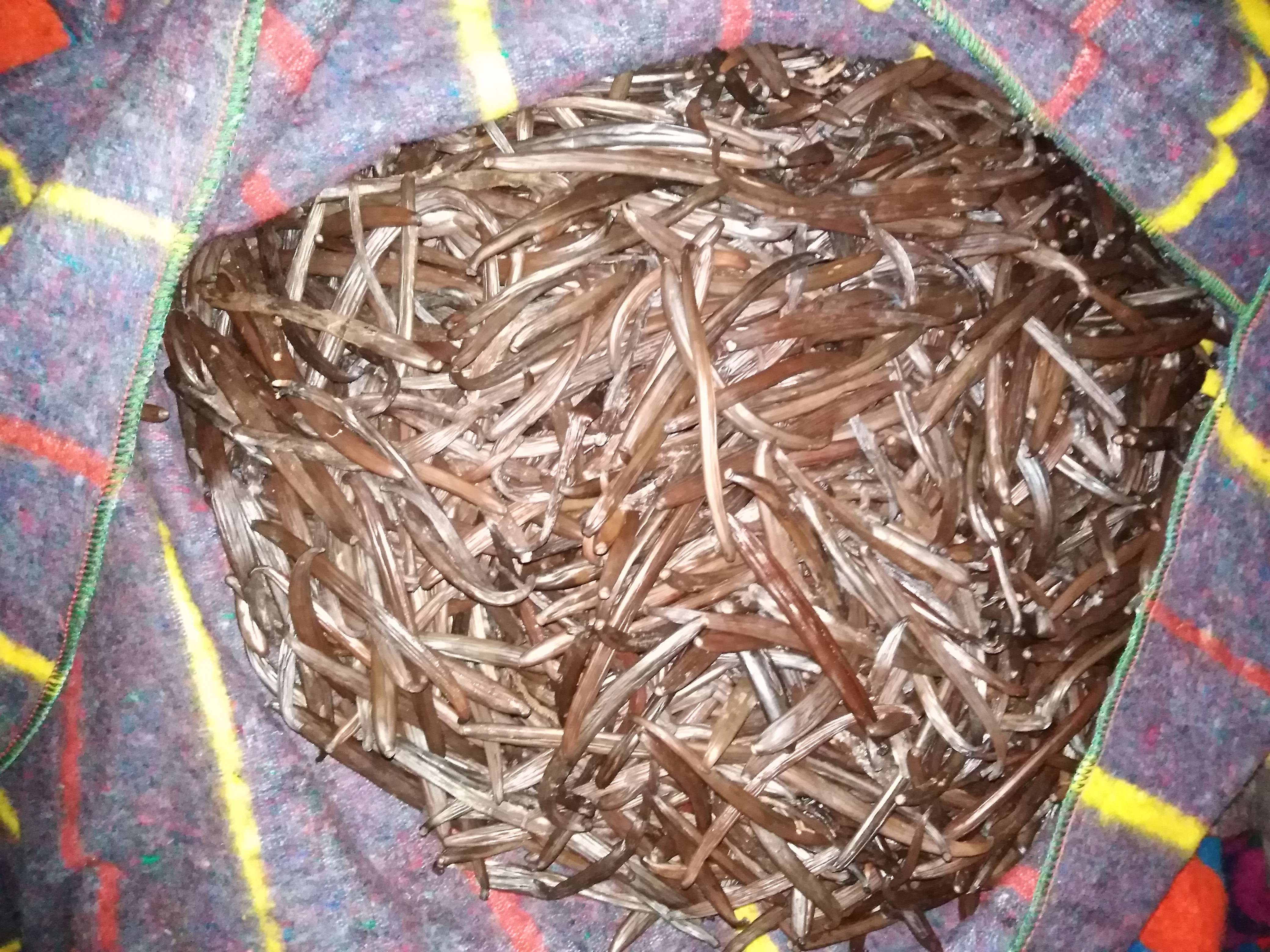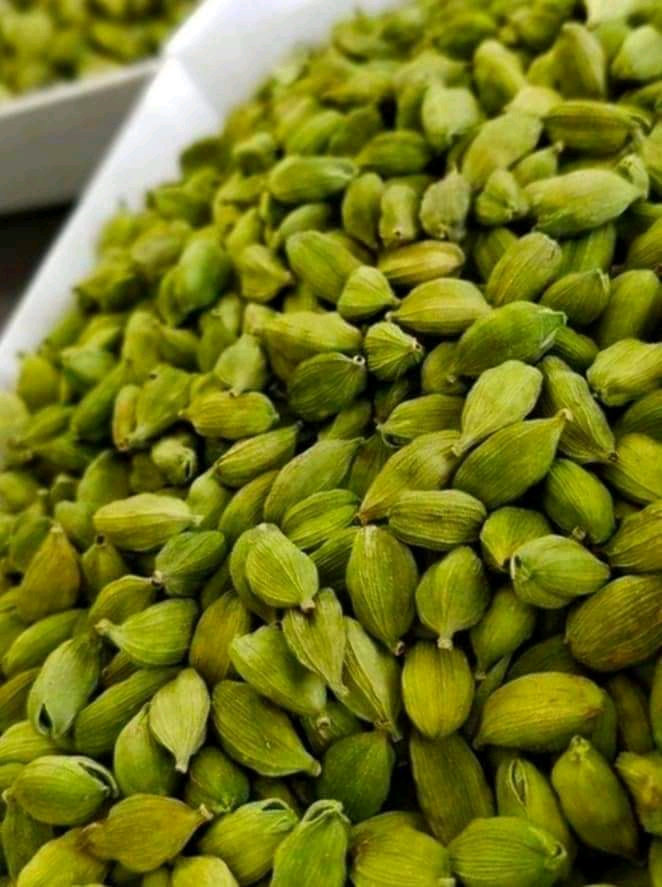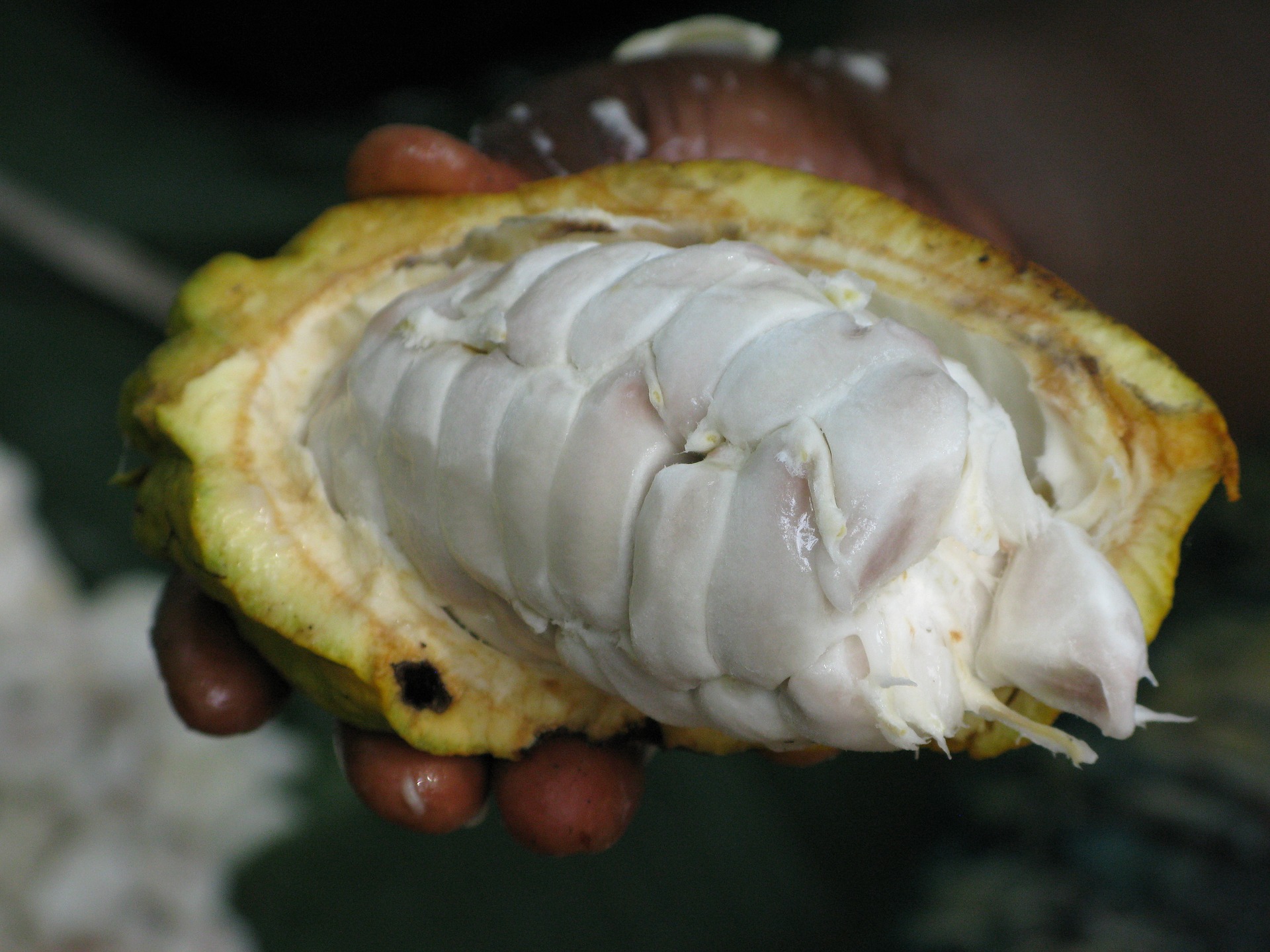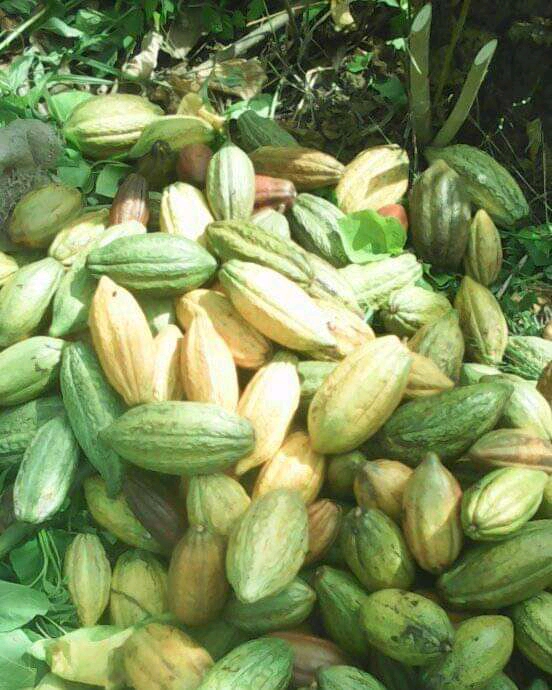
How to plant and grow Cabbages (Kabeji) in Uganda
How to plant and grow cabbage in Uganda can be a very simple process to master. Locally Cabbage is known as Kabeji. So, don’t get surprised when you see term in the guide as you read on. First let’s learn more about cabbages before you can learn how to pant and grow them.
Cabbage (comprising several cultivars of Brassica oleracea) is a leafy green, red (purple), or white (pale green) biennial plant grown as an annual vegetable crop for its dense-leaved heads. It is descended from the wild cabbage, and belongs to the "cole crops" or brassicas, meaning it is closely related to broccoli and cauliflower; Brussels sprouts; and Savoy cabbage.
Click here to inquire or buy Cabbage (Kabeji) from Uganda
How can you plant and grow a Cabbage (Kabeji) in while in Uganda
Cabbage has requirements for proper growth. You need to know these before you plant them. These include;
Altitude: Cabbage can be grown in altitudes ranging from 700 – 2,200 m above sea level. At low altitude the crop should be grown during the cool months of the year.
Rainfall: Cabbage has a high water requirement and at least 500 mm of rainfall well distributed throughout the growing period is required.
Temperature: Cabbage performs better under cool temperatures and the optimum temperature range for production is 16 – 20 0C. Temperatures above 25 0C hamper head formation.
Soil: Cabbage requires well drained sandy or silty loams with high organic matter content and high water holding capacity. The optimal soil pH range is 6.0 – 6.5.
After knowing these factors above, you then move on to planting. Cabbages are planted right from the seeds. So, it’s ideal for you to start a nursery bed for the cabbages. These seeds are sold in town. However you must be sure you Use certified seeds with special attributes, such as tolerance/resistance to pest and diseases and high yielding. This is very important for you to note.
Click here to inquire or buy Cabbage (Kabeji) from Uganda
- Nursery Bed
Prepare a seedbed of 1 m width and of a convenient length
• Make drills on the seedbed at a spacing of 10 – 20 cm apart
• Thinly sow the seeds in the drills and cover lightly with soil
After making the nursery bed, you need to manage it. Now you need to water thoroughly after transplanting and regularly. However, avoid over-watering which can lead to “Damping-off” disease. Start hardening the seedlings 1 – 2 weeks before transplanting by reducing the frequency of watering and the shade over the nursery. Mulching is important to provide favourable environment for seedlings.
- Transplanting the Cabbage seedlings from the nursery bed
Seedlings are transplanted 30 days after seed germination. It is recommended that transplanting should be done either early in the morning or late in the evening.
- Watering the cabbages
The optimal amount of rainfall required for Cabbage during the growing period is 500 mm. Regular watering ensures uniform head formation, prevents head splitting and increases the size of the head. Watering should be reduced as crop matures. You should note that excessive watering increases water logging hence deficiencies of Magnesium and Phosphorus. Irrigation can be overhead, drip or furrow.
Click here to inquire or buy Cabbage (Kabeji) from Uganda
What are the major pests you should look out for while growing Cabbages in Uganda?
There are a number of pests that attack Cabbages. Pest damage causes a reduction in quality and quantity of produce. Some these pests include the following;
A. Diamond Back Moth (DBM)
B. Cabbage Sawfly
C. Aphids
D. Slugs
E. Cutworms
After knowing the pests, you need to know that Cabbages also have diseases. Disease infection leads to reduction in quality and quantity of produce. The following are the major diseases of Cabbage in Uganda:
a. Damping-off
b. Bacterial Black Rot
c. Black Leg (Dry Rot Canker)
d. Ring Spot
e. Alternaria Leaf Spot
f. Bacterial Soft Rot
g. Club Root
How long does Cabbage (Kabeji) plant take to grow?
Cabbage will be ready for harvest in 80 to 180 days from seed depending on the variety or in 60 to 105 days from transplanting. Cut cabbage when heads are firm and the base of the head is 4 to 10 inches (10-25cm) across. Harvest before the climate becomes dry.
Click here to inquire or buy Cabbage (Kabeji) from Uganda
Harvesting Cabbage (Kabeji) from your garden
After your Cabbages have matured, it’s now time for you to harvest them. So, let’s look closely at the harvesting your Cabbages.
The maturity Period will take 2.5 – 4 months after transplanting depending on variety and location. Maturity: When the head becomes firm then it will indicate that the cabbages are mature. You should harvest the heads before they pass the prime stage to avoid cracking or splitting. Cut heads at the base and leave the outer leaves to protect the head and keeping it fresh You should avoid bruising the head as it encourages rotting.
Yields can between 15 – 68 tons per acre (depending on the variety and crop husbandry). Varieties with firm solid heads have good storability
Our Conclusion
Cabbage is cooked as a green vegetable, eaten raw, and frequently preserved as in sauerkraut or pickle. It is rich in vitamin C and high in minerals and proteins. So, there you are! Go on and plant Cabbages. There is a lot to benefit from them. All the best on your Cabbage garden
Click here to inquire or buy Cabbage (Kabeji) from Uganda
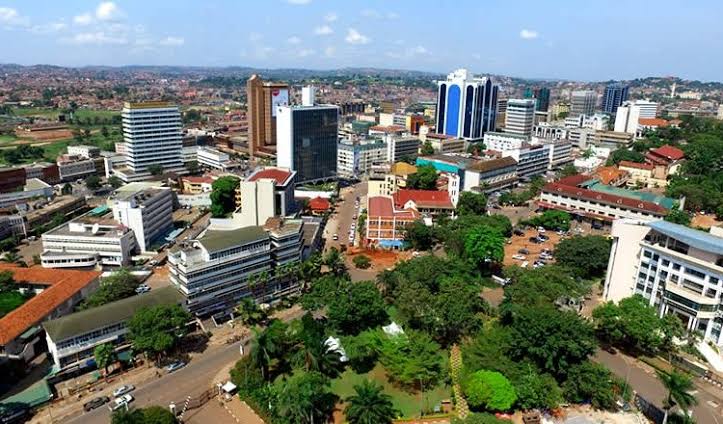 Aerial View Of Kampala City
Aerial View Of Kampala City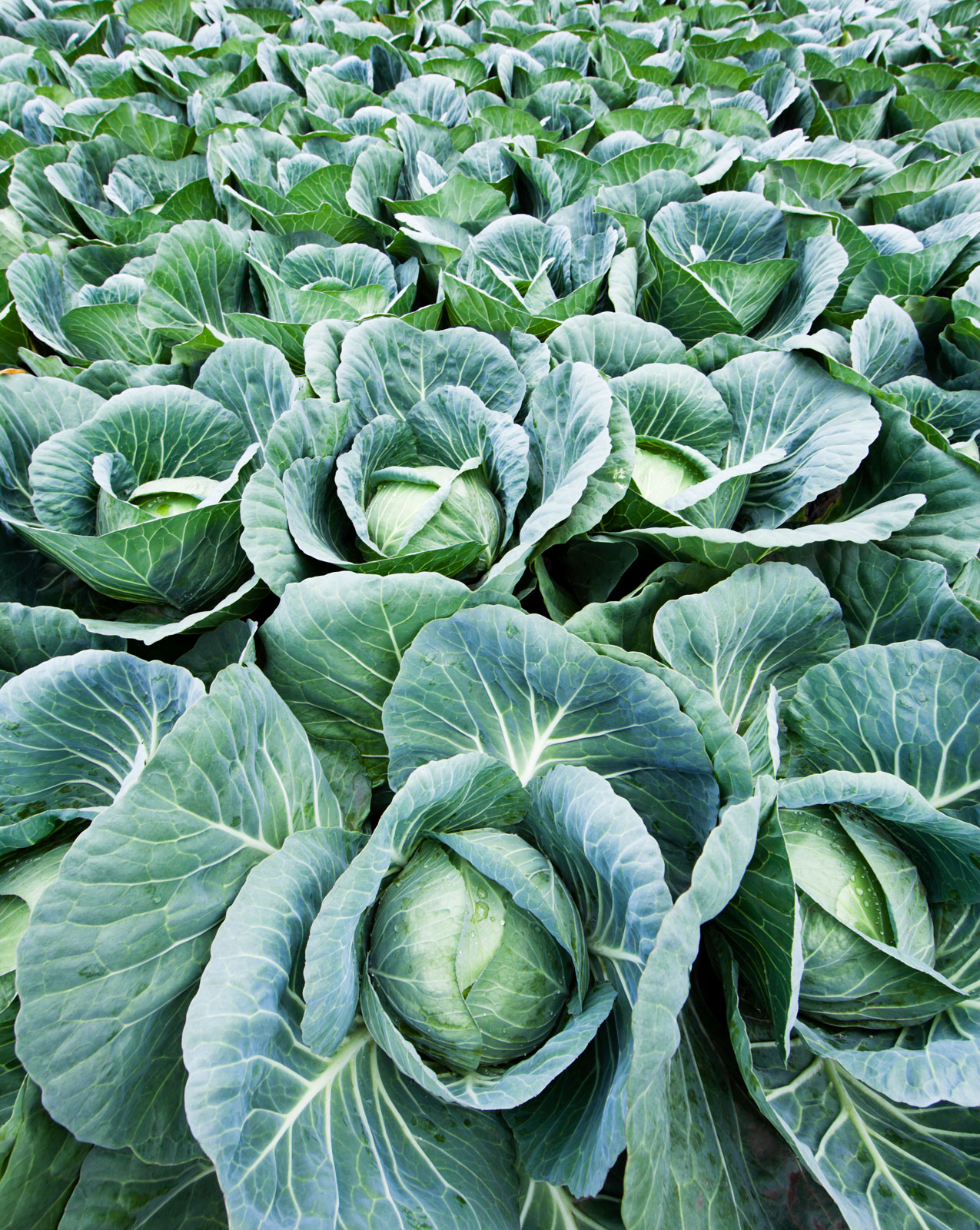

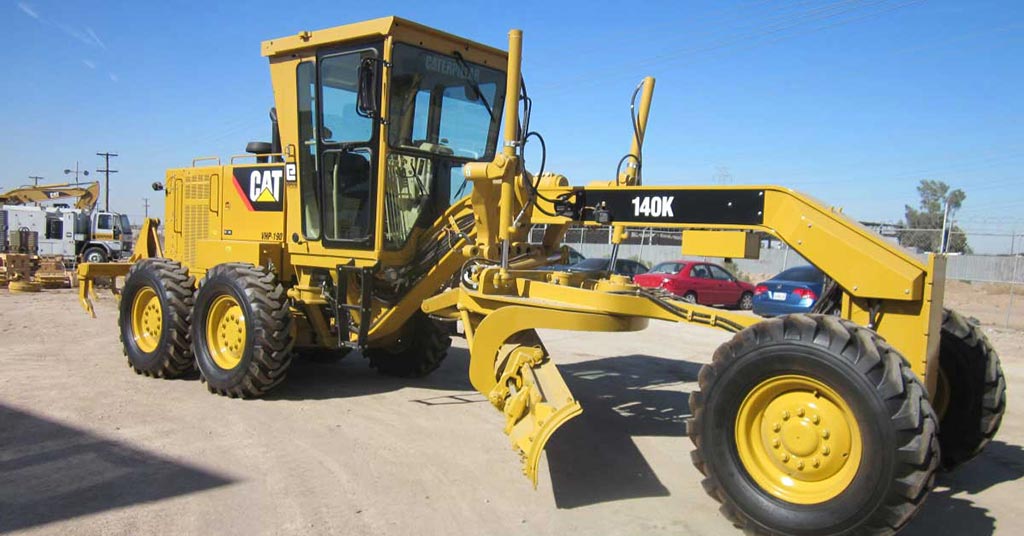 Buy A 140K Grader In Uganda
Buy A 140K Grader In UgandaFor inquiries or Orders:
Contact Us On:-
E-mail: Info@flawlessconsultsug.org
Or
Call/Whatsapp Us on: +256-772 238575



